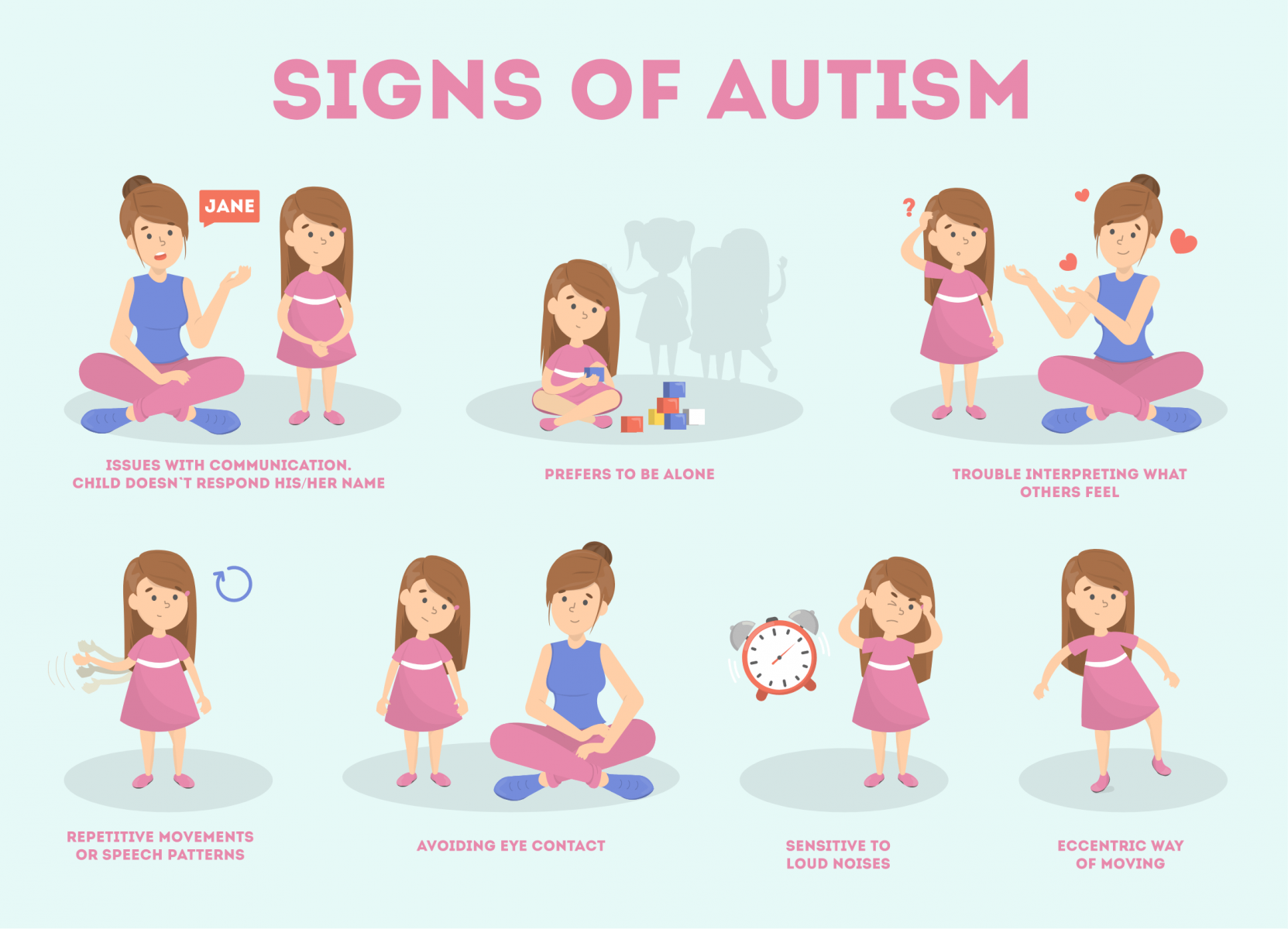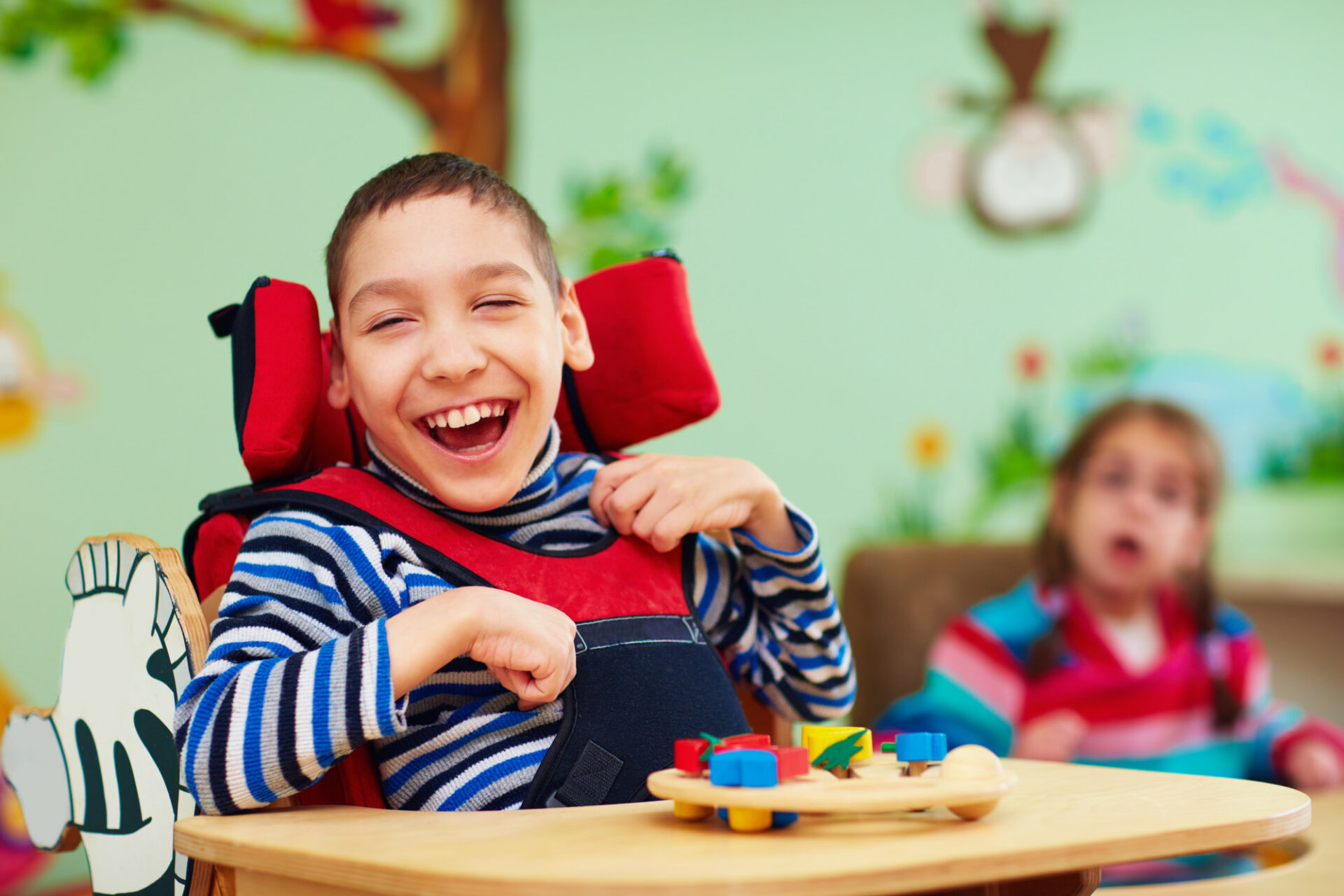How to Interact Effectively with Enjoyed Ones on the Autism Spectrum
How to Interact Effectively with Enjoyed Ones on the Autism Spectrum
Blog Article
Discovering Autism: Strategies for Effective Interaction and Communication
Reliable communication and communication with individuals on the autism spectrum require a detailed understanding of their distinct requirements and preferences. The complexities of these strategies expose further factors to consider that merit expedition, especially in exactly how they can be adjusted to private experiences and diverse contexts.
Recognizing Autism Spectrum Disorder
Autism Range Disorder (ASD) incorporates a series of neurodevelopmental problems defined by challenges in social interaction, interaction, and repetitive habits. The term "range" reflects the varied manifestations and differing degrees of extent experienced by individuals with ASD. While some might exhibit considerable problems, others may display high-functioning characteristics, permitting for greater self-reliance in life.
The onset of ASD normally happens in very early childhood, with indications commonly well-known by age two. Early signs might include delayed speech advancement, restricted eye call, and troubles in understanding social cues. The accurate etiology of ASD stays vague, study recommends a mix of ecological and hereditary variables plays a crucial role in its development.
As an outcome, treatments and assistance tailored to specific requirements are vital for promoting communication and social skills. Identifying the intricacy of ASD is important for promoting awareness, acceptance, and reliable techniques that promote significant communications with people on the spectrum.

Significance of Clear Communication
Reliable communication is crucial for cultivating understanding and connection, particularly for individuals with Autism Range Condition (ASD) Clear interaction not only promotes social interactions however additionally enhances the person's ability to share their thoughts, emotions, and needs. For individuals with ASD, the subtleties of language can frequently be challenging; consequently, making use of uncomplicated and distinct language is important.
Moreover, clear communication aids minimize frustration and anxiousness that may occur from misunderstandings. When messages are communicated in a constant and direct fashion, people with ASD are much better geared up to interpret info accurately, which can substantially improve their social involvement and participation in different settings.
Developing regimens and utilizing aesthetic assistances can even more boost clear interaction. These approaches provide people with predictable structures that aid understanding and retention of info. Furthermore, actively being and listening person throughout interactions promotes a supportive environment where people with ASD feel valued and recognized.
Inevitably, prioritizing clear interaction not only equips people with ASD however likewise cultivates more significant connections with their peers, caretakers, and the larger neighborhood, leading the way for comprehensive communications and joint partnerships. - autism
Non-Verbal Communication Techniques
Communication prolongs beyond words, and for people with Autism Spectrum Condition (ASD), non-verbal hints play a substantial role in communications. Non-verbal interaction techniques can consist of faces, motions, body language, and eye call, every one of which work as vital components for conveying emotions click this link and objectives.
Comprehending and analyzing these non-verbal signals can improve communications with people with ASD. A warm smile or open posture can develop a welcoming atmosphere, urging engagement. Making use of aesthetic help-- such as photo cards or symbols-- can connect communication voids and help communicate messages extra effectively.
It is additionally important to be conscious of individual space, as individuals with ASD may have different comfort degrees concerning distance. Observing their responses to physical nearness can notify proper adjustments.

Producing Supportive Settings
Creating an encouraging atmosphere is crucial for fostering favorable interactions and enhancing the well-being of people with Autism Range Problem (ASD) Such settings can substantially reduce anxiousness and develop a feeling of safety and security, permitting individuals to reveal themselves much more openly.
To achieve this, it is important to take Read Full Report into consideration sensory sensitivities that people with ASD might experience. Customizing the physical area to consist of soft lighting, minimal background sound, and comfortable seating can produce a calming environment. Additionally, using regular routines and clear visual schedules can aid individuals expect shifts and reduce unpredictability, more promoting convenience.
Social rooms need to be structured to reduce frustrating stimuli while offering chances for engagement in preferred tasks. Facilitating locations assigned for peaceful time can likewise offer as a sanctuary throughout moments of stress and anxiety. Importantly, integrating elements of option empowers people, allowing them to work out firm in their atmosphere.

Urging Social Interactions
Fostering social interactions amongst people with Autism Spectrum Disorder (ASD) needs willful techniques that focus on convenience and involvement. Developing predictable routines can help in reducing anxiety, making social setups much more approachable. Producing organized environments with specified functions and duties permits individuals to involve without the overwhelming pressure of unstructured social dynamics.
Integrating rate of interests and strengths right into social tasks can function as a stimulant for interaction. As an example, arranging group tasks around shared pastimes or topics of fascination can help with all-natural discussions and connections. In addition, using visual internet supports, such as social scripts or pictorial schedules, can assist in recognizing social cues and assumptions.
Modeling ideal social actions is critical - autism. Adults and peers must show efficient interaction methods, including energetic listening and turn-taking. Role-playing scenarios can additionally supply a risk-free area for individuals to exercise these abilities
Lastly, promoting peer relationships via comprehensive methods is vital. Encouraging inclusive playdates or team getaways can develop possibilities for socializing in a comfortable setup. By applying these strategies, caretakers and instructors can considerably boost social interactions for people with ASD, promoting their overall social growth and health.
Conclusion
In final thought, efficient interaction and communication methods are essential for sustaining individuals with Autism Spectrum Condition. Ultimately, these techniques encourage individuals with autism to browse social landscapes, advertising their total wellness and making it possible for the growth of enduring relationships.
Efficient interaction and communication with people on the autism spectrum necessitate a comprehensive understanding of their unique needs and preferences. Clear interaction not only facilitates social interactions but also boosts the individual's ability to reveal their thoughts, emotions, and demands.Fostering social interactions amongst individuals with Autism Spectrum Condition (ASD) needs willful techniques that prioritize convenience and interaction. By executing these methods, caretakers and teachers can substantially improve social interactions for individuals with ASD, advertising their general social growth and health.
In conclusion, effective communication and interaction techniques are necessary for supporting individuals with Autism Spectrum Disorder.
Report this page